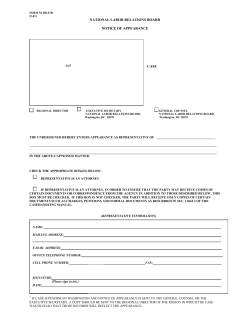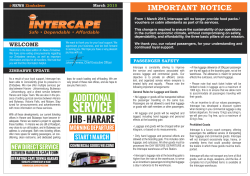
Airplane Carry-On Luggage Restrictions Checklist
http://www.realsimple.com Airplane Carry-On Luggage Restrictions Checklist It can be difficult to remember what items you can and can’t bring onto airplanes. Make packing for your flight a breeze by following this guide based What You Can Carry On Small tools. Certain tools, such as screwdrivers, wrenches, and pliers, are permitted, as long as they are seven inches or less in length. All other tools should be securely wrapped (if sharp) and packed in checked baggage. Nonflammable liquids, gels, and aerosols. Nearly all liquids, gels, and aerosols, including but not limited to food, drinks, and personal-care items, must be in 3.4-ounce or smaller containers and placed in a single quart-size clear zippered plastic bag. Exceptions include medically necessary liquids, such as insulin and baby formula. Lighters and matches. Passengers may carry on common lighters and one pack of safety matches. No matches, including safety matches, are permitted in checked baggage. Batteries. Always pack batteries in carry-on luggage. Batteries cannot be packed in bags that will be checked. Knitting needles. Materials for knitting and needlepoint are allowed in carry-on bags, with the exception of circular thread cutters or any cutter with a concealed blade. Gifts. Wrapped presents can be carried on board, provided the contents meet safety and security regulations. But since security screeners may unwrap gifts for inspection, it’s advisable to leave presents unwrapped until you reach your destination. Electronics. Small portable electronic items that are smaller than a standard-size laptop, such as cell phones and tablet devices, do not have to be removed from baggage during screening, but larger items, including laptops, full-size video-game consoles, fullsize DVD players, and video cameras that use video cassettes, must be removed from their cases and screened separately at security checkpoints. Medication. All prescription and over-the-counter medications can be carried on board the aircraft in unspecified quantities. Other medical necessities including but not limited to liquid nutrition for passengers with a disability and items used for medical or cosmetic reasons, such as mastectomy products, can also be packed in carry-on bags. These items must be declared to screeners before going through security and are subject to additional screening. Baby needs. Baby formula, breast milk, juice, gel- or liquid-filled teethers, and canned, jarred, or processed baby food are permitted on board the airplane if a baby or a small child is traveling. These items must be declared to screeners before going through security and are subject to additional screening. Expensive items. Although not an official requirement, jewelry, currency, and other valuable items should always be carried with you, provided they meet security regulations. What You Should Check Sharp objects. Sharp objects include a wide array of items, such as box cutters, ice axes and picks, knives, meat cleavers, razor-type blades, and scissors that exceed four inches (smaller scissors can be carried on). Sporting goods. With the exception of balls, most sporting equipment must be transported in checked baggage. Self defense items. Mace, pepper spray, and other items, such as billy clubs, black jacks, brass knuckles, kubotans, and other martial-arts weapons, are not permitted past security. Snow globes. No matter the size, these souvenirs have to be stowed away in checked luggage. Shoe inserts. Gel inserts should be removed from shoes before travelling or packed in checked baggage. Gel-type candles. Wax candles may be put in carry-on luggage, but their gel-like counterparts need to be checked. Alcohol. Passengers may pack up to five liters of adult beverages in a sealable bottle or flask, provided the alcohol content does not exceed 70 percent. Liquid or gel-like foods. Any food or drink you bring (or buy before the security checkpoint) with a liquid or gel-like consistency, such as yogurt, soup, sauce, jam, peanut butter, cream cheese, or a smoothie, will be confiscated by security screeners even if they are under 3.4 ounces, so you should stow them in your checked luggage. Guns. Well-packaged ammunition and well-packaged, unloaded firearms, BB guns, compressed-air guns, pellet guns, starter pistols, and replicas can be put in your checked luggage, but they must be declared at check-in. Ask your airline about specific rules and regulations. What You Should Leave at Home Flammable items. Aerosol cans (except limited quantities of personal-care items that are 3.4 ounces or less ), fuels, gasoline, lighter fluid, strike-anywhere matches, flammable paints, turpentine, paint thinner, and replicas of incendiaries cannot be transported on passenger airlines. Explosive materials. Passengers cannot bring items such as fireworks, flares, blasting caps, dynamite, and replicas of explosive materials on board aircrafts. Chemicals. Chlorine, bleach, spillable batteries, spray paint, tear gas, and fire extinguishers are considered dangerous and are not permitted on commercial passenger aircrafts.
© Copyright 2025





















